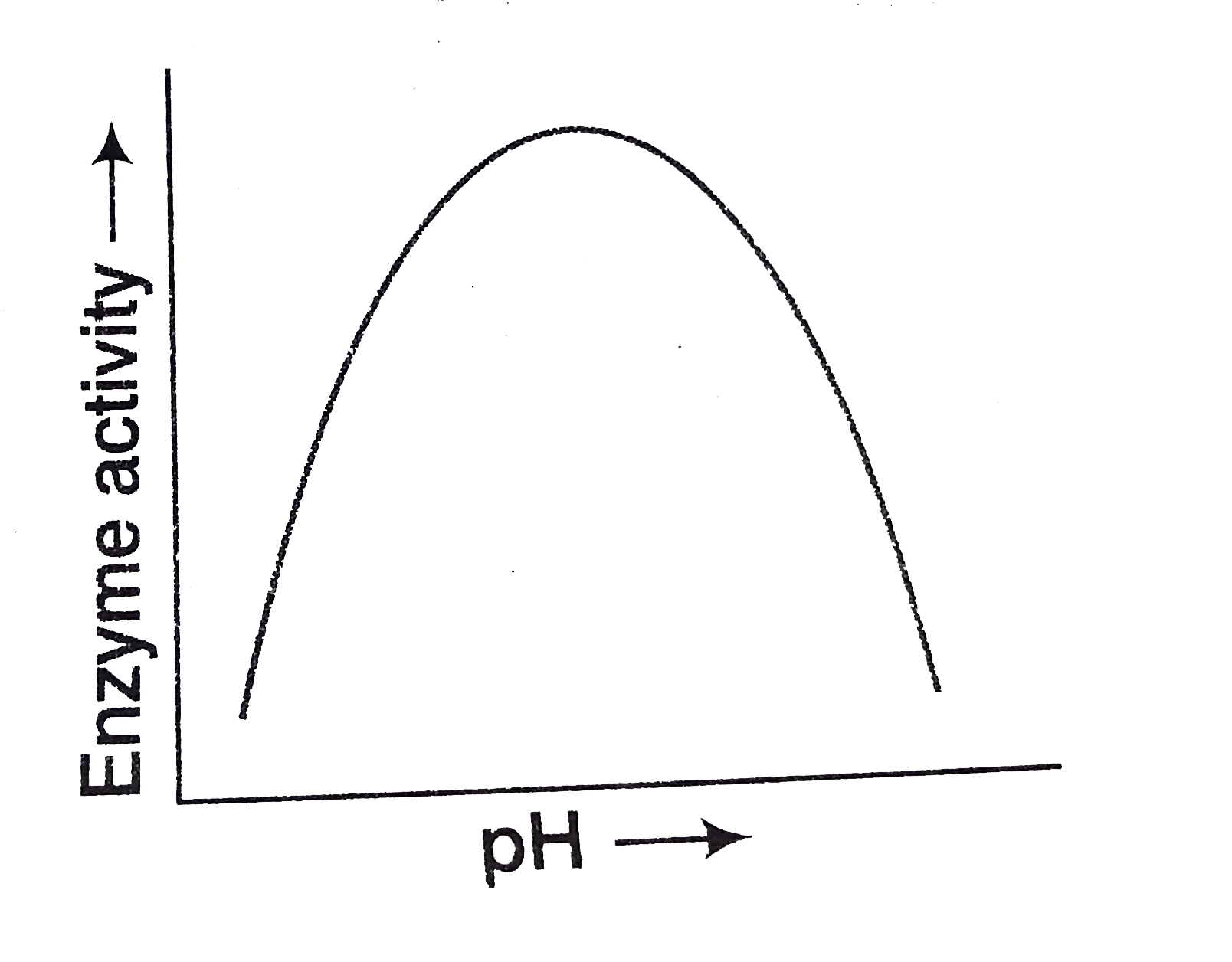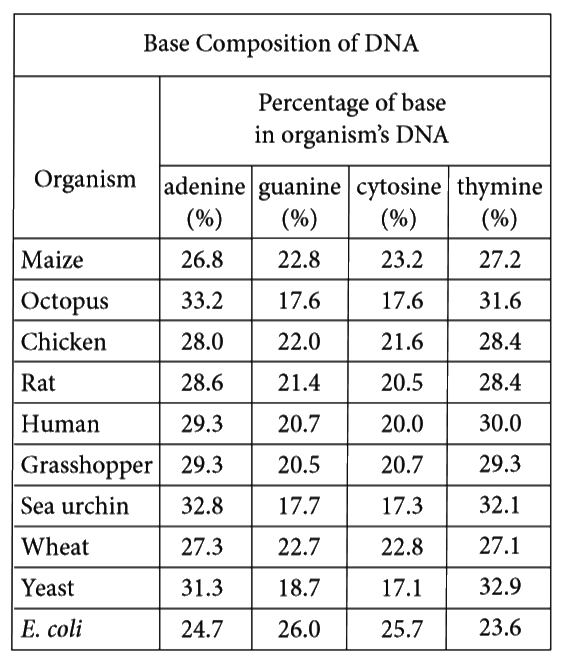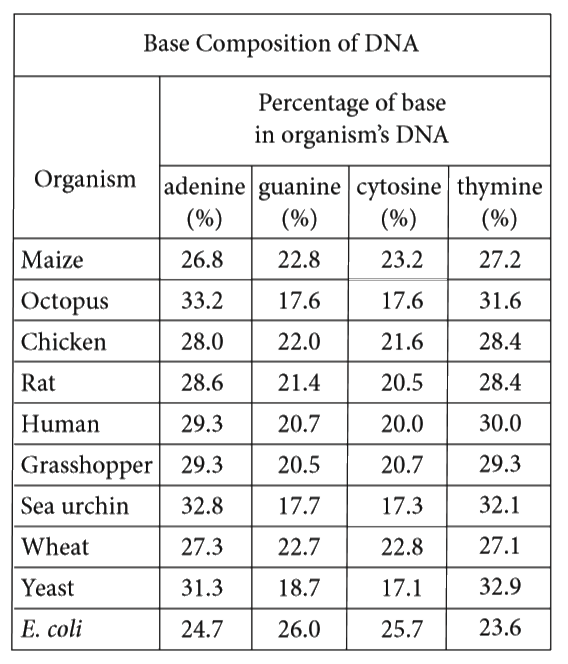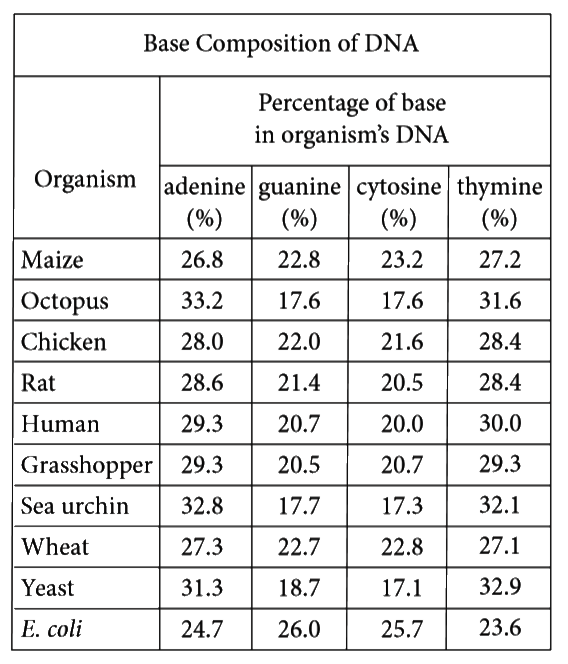There is a solution of p-hydroxybenzoic acid and p-amino benzoic acid . Discuss one method by which we can separate them and also write down the confirmatory test of the functional groups present .
To separate a mixture of p-hydroxybenzoic acid and p-amino benzoic acid, we can utilize their differing solubility properties when treated with hydrochloric acid (HCl). Here’s a step-by-step solution:
Step 1: Understand the Compounds
- p-Hydroxybenzoic acid has a hydroxyl (-OH) group and a carboxylic acid (-COOH) group.
- p-Aminobenzoic acid has an amino (-NH2) group and a carboxylic acid (-COOH) group.
Step 2: React with Hydrochloric Acid (HCl)
- When p-hydroxybenzoic acid is added to HCl, it remains insoluble because it is an acid and does not react with another acid.
- When p-aminobenzoic acid is added to HCl, the amino group (-NH2) acts as a base and reacts with HCl to form a soluble ammonium salt (NH3Cl).
Step 3: Separation
- After adding HCl to the mixture, p-hydroxybenzoic acid will remain as an insoluble solid, while p-aminobenzoic acid will dissolve in the solution as an ammonium salt.
- We can then filter the mixture. The solid residue will contain p-hydroxybenzoic acid, and the filtrate will contain the soluble p-aminobenzoic acid.
Step 4: Confirmatory Tests for Functional Groups
1. For Carboxylic Acid (-COOH):
- Add sodium bicarbonate (NaHCO3) to the sample. If carbon dioxide (CO2) gas is evolved, it confirms the presence of the carboxylic acid group.
2. For Hydroxyl Group (-OH):
- Add ferric chloride (FeCl3) to the sample. A color change (usually purple or blue) indicates the presence of a phenolic group.
3. For Amino Group (-NH2):
- React the p-aminobenzoic acid with sodium nitrite (NaNO2) in hydrochloric acid (HCl) at a low temperature (0-5°C) to form a diazonium salt.
- Then, add beta-naphthol to the diazonium salt. A colored dye formation indicates the presence of the amino group.
Summary
By using HCl, we can separate p-hydroxybenzoic acid (insoluble) from p-aminobenzoic acid (soluble). The confirmatory tests for the functional groups include sodium bicarbonate for carboxylic acids, ferric chloride for phenolic groups, and diazonium salt formation followed by beta-naphthol for amino groups.
- p-Hydroxybenzoic acid has a hydroxyl (-OH) group and a carboxylic acid (-COOH) group.
- p-Aminobenzoic acid has an amino (-NH2) group and a carboxylic acid (-COOH) group.
- When p-hydroxybenzoic acid is added to HCl, it remains insoluble because it is an acid and does not react with another acid.
- When p-aminobenzoic acid is added to HCl, the amino group (-NH2) acts as a base and reacts with HCl to form a soluble ammonium salt (NH3Cl).
- After adding HCl to the mixture, p-hydroxybenzoic acid will remain as an insoluble solid, while p-aminobenzoic acid will dissolve in the solution as an ammonium salt.
- We can then filter the mixture. The solid residue will contain p-hydroxybenzoic acid, and the filtrate will contain the soluble p-aminobenzoic acid.
1. For Carboxylic Acid (-COOH):
- Add sodium bicarbonate (NaHCO3) to the sample. If carbon dioxide (CO2) gas is evolved, it confirms the presence of the carboxylic acid group.
- Add ferric chloride (FeCl3) to the sample. A color change (usually purple or blue) indicates the presence of a phenolic group.
- React the p-aminobenzoic acid with sodium nitrite (NaNO2) in hydrochloric acid (HCl) at a low temperature (0-5°C) to form a diazonium salt.
- Then, add beta-naphthol to the diazonium salt. A colored dye formation indicates the presence of the amino group.
By using HCl, we can separate p-hydroxybenzoic acid (insoluble) from p-aminobenzoic acid (soluble). The confirmatory tests for the functional groups include sodium bicarbonate for carboxylic acids, ferric chloride for phenolic groups, and diazonium salt formation followed by beta-naphthol for amino groups.
Topper's Solved these Questions
- ORGANIC COMPOUNDS WITH FUNCTIONAL GROUPBOOK - CENGAGE CHEMISTRY ENGLISHCHAPTER - ORGANIC COMPOUNDS WITH FUNCTIONAL GROUPEXERCISE - Archives Fill In The Blanks
3 Videos
- NUCLEAR CHEMISTRYBOOK - CENGAGE CHEMISTRY ENGLISHCHAPTER - NUCLEAR CHEMISTRYEXERCISE - Archives Subjective
13 Videos
- P-BLOCK GROUP 15 ELEMENTS - THE NITROGEN FAMILYBOOK - CENGAGE CHEMISTRY ENGLISHCHAPTER - P-BLOCK GROUP 15 ELEMENTS - THE NITROGEN FAMILYEXERCISE - Exercises Archives (Subjective)
28 Videos
Similar Questions
Enzymes are proteins, Proteins are long chains of amino acids linked to each other by peptide bonds. Amino acids have many functional groups in their structure.
These functional groups are many of them at least, ionisable. As they are weak acids and bases in chemical nature, this ionisatio is infuluenced by pH of the solution. For many enzymes, activity is influenced by surrounding pH. This is depicted in the curve below, explain briefly.

View SolutionWhen zinc metal is treated with a dilute solution of a strong acid, a gas is evolved which is utilised in the hydrogenation of oil. Name the gas evolved . Write the chemical equation of the reaction involved and also wrote a test to detect the gas formed.
View Solution
Knowledge Check
The chemical formula of deoxyribonucleic acid
(DNA) is now well established. The molecule is a
very long chain, the backbone of which consists of a
regular alternation of sugar and phosphate groups.
5 To each sugar is attached a nitrogenous base, which
can be of four different types. Two of the possible
bases—adenine and guanine—are purines, and the
other two—thymine and cytosine—are pyrimidines.
So far as is known, the sequence of bases along the
10 chain is irregular. The monomer unit, consisting of
phosphate, sugar and base, is known as a nucleotide.
The first feature of our structure which is of
biological interest is that it consists not of one chain,
but of two. These two chains are both coiled around
15 a common fiber axis. It has often been assumed that
since there was only one chain in the chemical
formula there would only be one in the structural
unit. However, the density, taken with the X-ray
evidence, suggests very strongly that there are two.
20. The other biologically important feature is the
manner in which the two chains are held together.
This is done by hydrogen bonds between the bases.
The bases are joined together in pairs, a single base
from one chain being hydrogen-bonded to a single
25 base from the other. The important point is that only
certain pairs of bases will fit into the structure.
One member of a pair must be a purine and the other
a pyrimidine in order to bridge between the two
chains. If a pair consisted of two purines, for
30 example, there would not be room for it.
We believe that the bases will be present almost
entirely in their most probable forms. If this is true,
the conditions for forming hydrogen bonds are more
restrictive, and the only pairs of bases possible are:
35 adenine with thymine, and guanine with cytosine.
Adenine, for example, can occur on either chain, but
when it does, its partner on the other chain must
always be thymine.
The phosphate-sugar backbone of our model is
40 completely regular, but any sequence of the pairs of
bases can fit into the structure. It follows that in a
long molecule many different permutations are
possible, and it therefore seems likely that the precise
sequence of bases is the code which carries the
45 genetical information. If the actual order of the bases
on one of the pair of chains were given, one could
write down the exact order of the bases on the other
one, because of the specific pairing. Thus one chain
is, as it were, the complement of the other, and it is
50 this feature which suggests how the deoxyribonucleic
acid molecule might duplicate itself.
The table shows, for various organisms, the percentage of
each of the four types of nitrogenous bases in that
organism’s DNA.

Adapted from Manju Bansal, “DNA Structure: Revisiting the
Watson-Crick Double Helix.” ©2003 by Current Science Association,
Bangalore
31. Based on the table, is the percentage of adenine in each organism’s DNA the same or does it vary, and which statement made by the authors is most consistent with that data?AThe same, “Two of . . . pyrimidines” (lines 6-8)BThe same, “The important . . . structure” (lines 25-26)CIt varies, “Adenine . . . thymine” (lines 36-38)DIt varies, “It follows . . . information” (lines 41-45)The chemical formula of deoxyribonucleic acid
(DNA) is now well established. The molecule is a
very long chain, the backbone of which consists of a
regular alternation of sugar and phosphate groups.
5 To each sugar is attached a nitrogenous base, which
can be of four different types. Two of the possible
bases—adenine and guanine—are purines, and the
other two—thymine and cytosine—are pyrimidines.
So far as is known, the sequence of bases along the
10 chain is irregular. The monomer unit, consisting of
phosphate, sugar and base, is known as a nucleotide.
The first feature of our structure which is of
biological interest is that it consists not of one chain,
but of two. These two chains are both coiled around
15 a common fiber axis. It has often been assumed that
since there was only one chain in the chemical
formula there would only be one in the structural
unit. However, the density, taken with the X-ray
evidence, suggests very strongly that there are two.
20. The other biologically important feature is the
manner in which the two chains are held together.
This is done by hydrogen bonds between the bases.
The bases are joined together in pairs, a single base
from one chain being hydrogen-bonded to a single
25 base from the other. The important point is that only
certain pairs of bases will fit into the structure.
One member of a pair must be a purine and the other
a pyrimidine in order to bridge between the two
chains. If a pair consisted of two purines, for
30 example, there would not be room for it.
We believe that the bases will be present almost
entirely in their most probable forms. If this is true,
the conditions for forming hydrogen bonds are more
restrictive, and the only pairs of bases possible are:
35 adenine with thymine, and guanine with cytosine.
Adenine, for example, can occur on either chain, but
when it does, its partner on the other chain must
always be thymine.
The phosphate-sugar backbone of our model is
40 completely regular, but any sequence of the pairs of
bases can fit into the structure. It follows that in a
long molecule many different permutations are
possible, and it therefore seems likely that the precise
sequence of bases is the code which carries the
45 genetical information. If the actual order of the bases
on one of the pair of chains were given, one could
write down the exact order of the bases on the other
one, because of the specific pairing. Thus one chain
is, as it were, the complement of the other, and it is
50 this feature which suggests how the deoxyribonucleic
acid molecule might duplicate itself.
The table shows, for various organisms, the percentage of
each of the four types of nitrogenous bases in that
organism’s DNA.

Adapted from Manju Bansal, “DNA Structure: Revisiting the
Watson-Crick Double Helix.” ©2003 by Current Science Association,
Bangalore
25. The authors’ main purpose of including the information about X-ray evidence and density is toAestablish that DNA is the molecule that carries the genetic information.Bpresent an alternate hypothesis about the composition of a nucleotide.Cprovide support for the authors’ claim about the number of chains in a molecule of DNA.Dconfirm the relationship between the density of DNA and the known chemical formula of DNA.The chemical formula of deoxyribonucleic acid
(DNA) is now well established. The molecule is a
very long chain, the backbone of which consists of a
regular alternation of sugar and phosphate groups.
5 To each sugar is attached a nitrogenous base, which
can be of four different types. Two of the possible
bases—adenine and guanine—are purines, and the
other two—thymine and cytosine—are pyrimidines.
So far as is known, the sequence of bases along the
10 chain is irregular. The monomer unit, consisting of
phosphate, sugar and base, is known as a nucleotide.
The first feature of our structure which is of
biological interest is that it consists not of one chain,
but of two. These two chains are both coiled around
15 a common fiber axis. It has often been assumed that
since there was only one chain in the chemical
formula there would only be one in the structural
unit. However, the density, taken with the X-ray
evidence, suggests very strongly that there are two.
20. The other biologically important feature is the
manner in which the two chains are held together.
This is done by hydrogen bonds between the bases.
The bases are joined together in pairs, a single base
from one chain being hydrogen-bonded to a single
25 base from the other. The important point is that only
certain pairs of bases will fit into the structure.
One member of a pair must be a purine and the other
a pyrimidine in order to bridge between the two
chains. If a pair consisted of two purines, for
30 example, there would not be room for it.
We believe that the bases will be present almost
entirely in their most probable forms. If this is true,
the conditions for forming hydrogen bonds are more
restrictive, and the only pairs of bases possible are:
35 adenine with thymine, and guanine with cytosine.
Adenine, for example, can occur on either chain, but
when it does, its partner on the other chain must
always be thymine.
The phosphate-sugar backbone of our model is
40 completely regular, but any sequence of the pairs of
bases can fit into the structure. It follows that in a
long molecule many different permutations are
possible, and it therefore seems likely that the precise
sequence of bases is the code which carries the
45 genetical information. If the actual order of the bases
on one of the pair of chains were given, one could
write down the exact order of the bases on the other
one, because of the specific pairing. Thus one chain
is, as it were, the complement of the other, and it is
50 this feature which suggests how the deoxyribonucleic
acid molecule might duplicate itself.
The table shows, for various organisms, the percentage of
each of the four types of nitrogenous bases in that
organism’s DNA.

Adapted from Manju Bansal, “DNA Structure: Revisiting the
Watson-Crick Double Helix.” ©2003 by Current Science Association,
Bangalore
26. Based on the passage, the authors’ statement “If a pair consisted of two purines, for example, there would not be room for it” (lines 29-30) implies that a pairAof purines would be larger than the space between a sugar and a phosphate group.Bof purines would be larger than a pair consisting of a purine and a pyrimidine.Cof pyrimidines would be larger than a pair of purines.Dconsisting of a purine and a pyrimidine would be larger than a pair of pyrimidines.
Molecules of the amino acids that comprise our proteins have the property of being non-super imposable on their mirror images because,. They are said to be chiral or possess 'handedness'. Most of the amino acids are of left handed form, but with no reasons available. Even more interesting recent experiments have shown that a 7-9% excess of four amino acids is present in Murchison meteorite discovered in 1970. This analysis shows life could arise outside the confines of earth. The origin of unequal distribution is probably because of electromagnetic radiations emitted in a corkscrew fashion from the poles of spinning neutron stars could lead to a bias of one mirror image isomer over another when molecules form in interstellar space.
A stereogenic carbon can be defined as a carbon atom bearing groups of such nature that an interchange of any two groups will produce a stereoisomer. The device that is used for measuring the effect of optically active compounds on plane polarized light is a polarimeter. The analyser in the polarimeter decides the activity of compound present. This is being decided on the basis of angle by which axis of analyser has to be rotated for complete brightness. Left, right or no adjustment decides l, d - activity or optical inactivity respectively.
Optically inactive isomer possessing chiral centres are categorized as
View SolutionA 500mL of an equilibrium mixture of gaseous N2O4 and NO2 at 25∘C and 753mm of Hg was allowed to react with enough water to make 250mL of solution at 25∘C. Assume that all the dissolved N2O4 is converted to NO2 which disproportionates in water yielding a solution of nitrous acid and nitric acid. aAsume further that disproportionation reaction goes to completion and that none of the nitrous acid disproportionates. The equilibrium constant (Kp) for N2O4(g)⇔2NO2(g)0.113 at 25∘C. Ka for HNO2 is 4.5×10−4at25∘C.
a. Write balanced equation for disproportionation.
b. What is the molar concentration of NO2 and pH of the solution?
c. What is osmotic pressure of solution?
d. How many grams of lime (CaO) would be required to neutralise the solution?
View SolutionEssential amino acids are those which our body can not synthesize and, therefore, we take them from diet . These are usually seven in number and are .
View SolutionThe extent to which hydrolysis proceeds is expressed as degree of hydrolysis and is defined as fraction of ne mole of the salt that is hydrolysed when equilibrium has been attained . The nature of solution also depends upon the extent upto which the salt has been hydrolysed . Degree of hydrolysis of a salt ofdepends upon concentration of salt at a particular temperature and varies inversely . Consequently , nature of the solution whether acidic or alkaline can be determined . pH of the solution of salt of weak acid and strong base or weak base and strong acid depends upon its concentration . So by varying the concentration of salts their pH could be adjusted .
If we increase the concentration of a salt the pH will not change in the case of
View SolutionA certain salt (X) gives the following tests :
(a) Its aqueous solution is alkaline to litmus.
(b) On strong heating, it swells up to give a glassy material (Y).
(c) When conc. H2SO4 is added to a hot concentrated solution of (X), white crystal of a weak acid (Z) separates out.
Identify (X),(Y)and(Z) and write down the chemical equations for reaction at steps a,b and c.
View Solution
